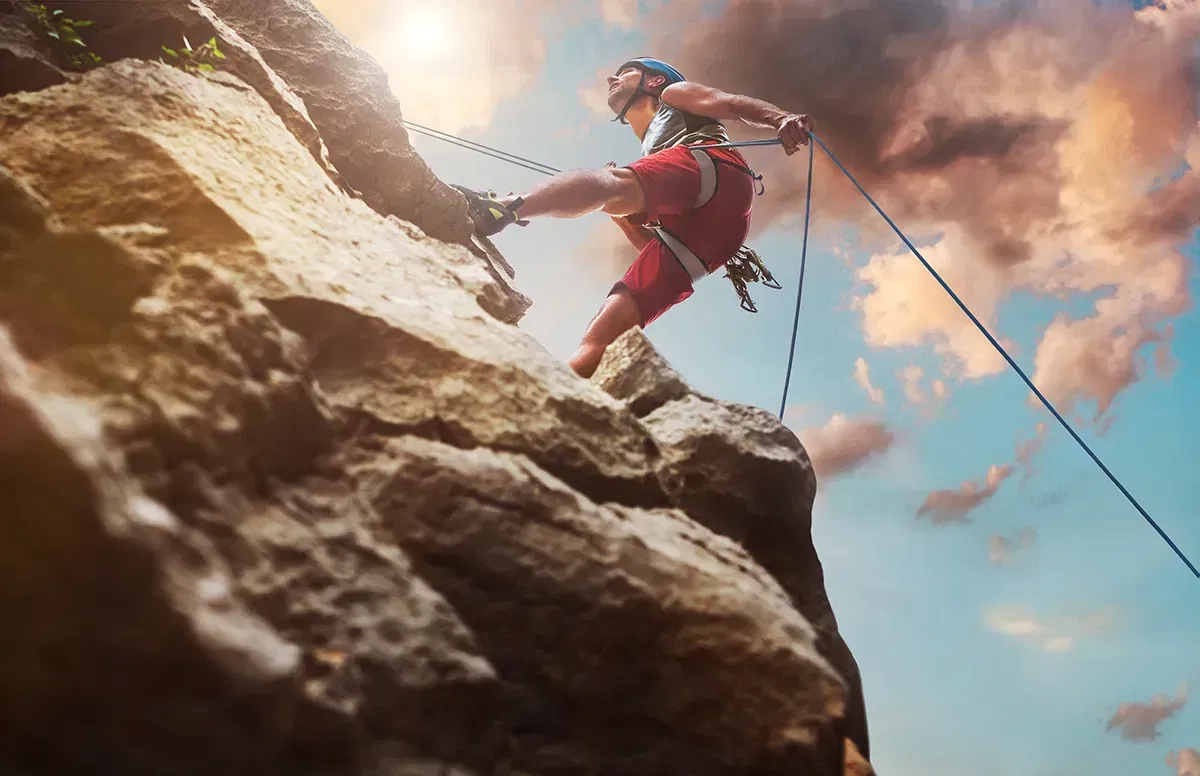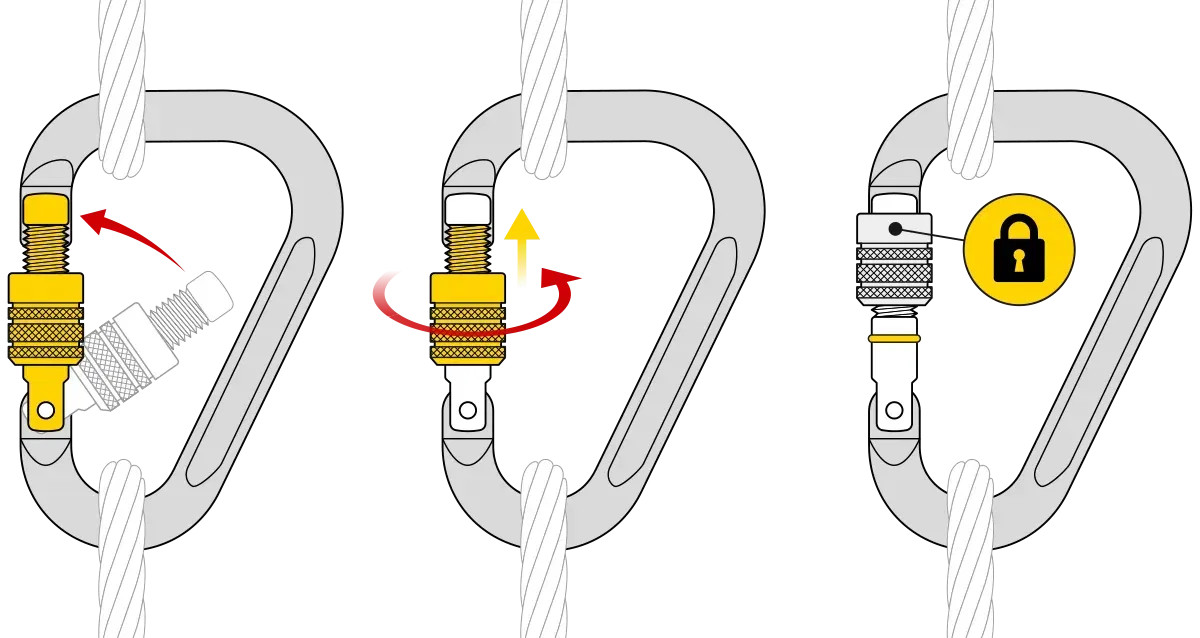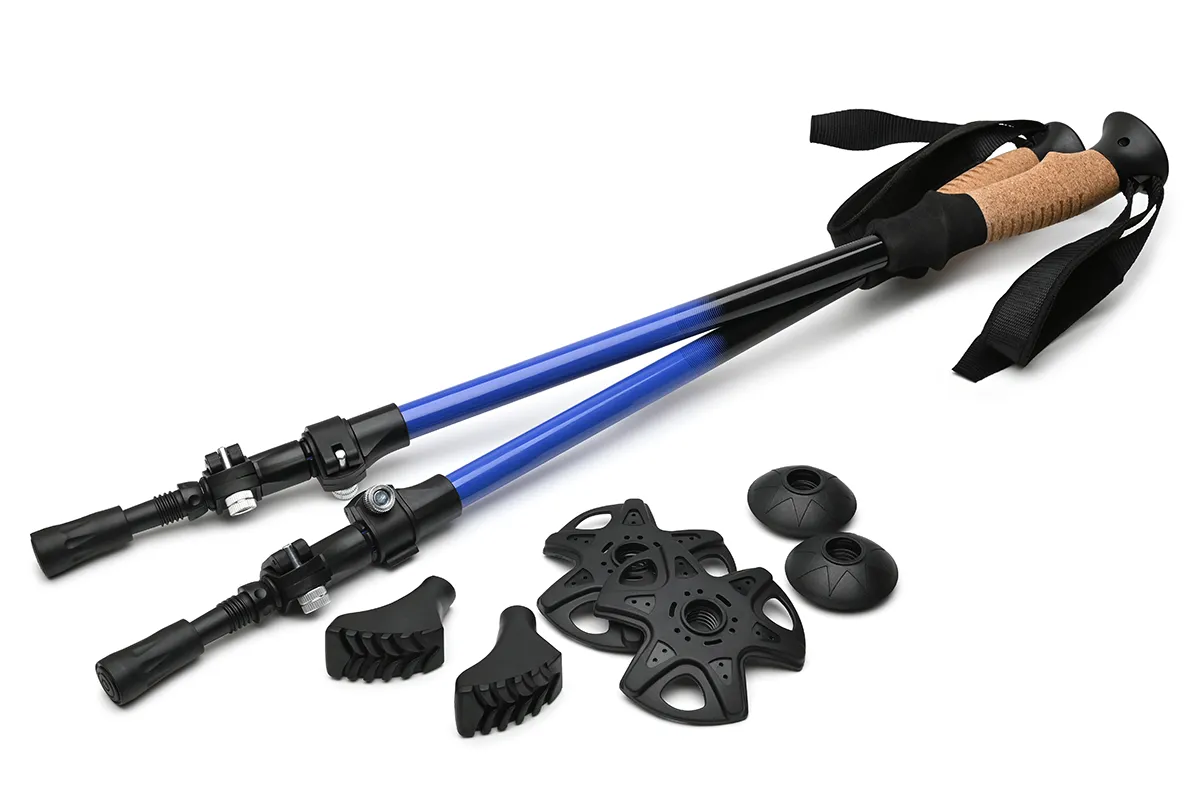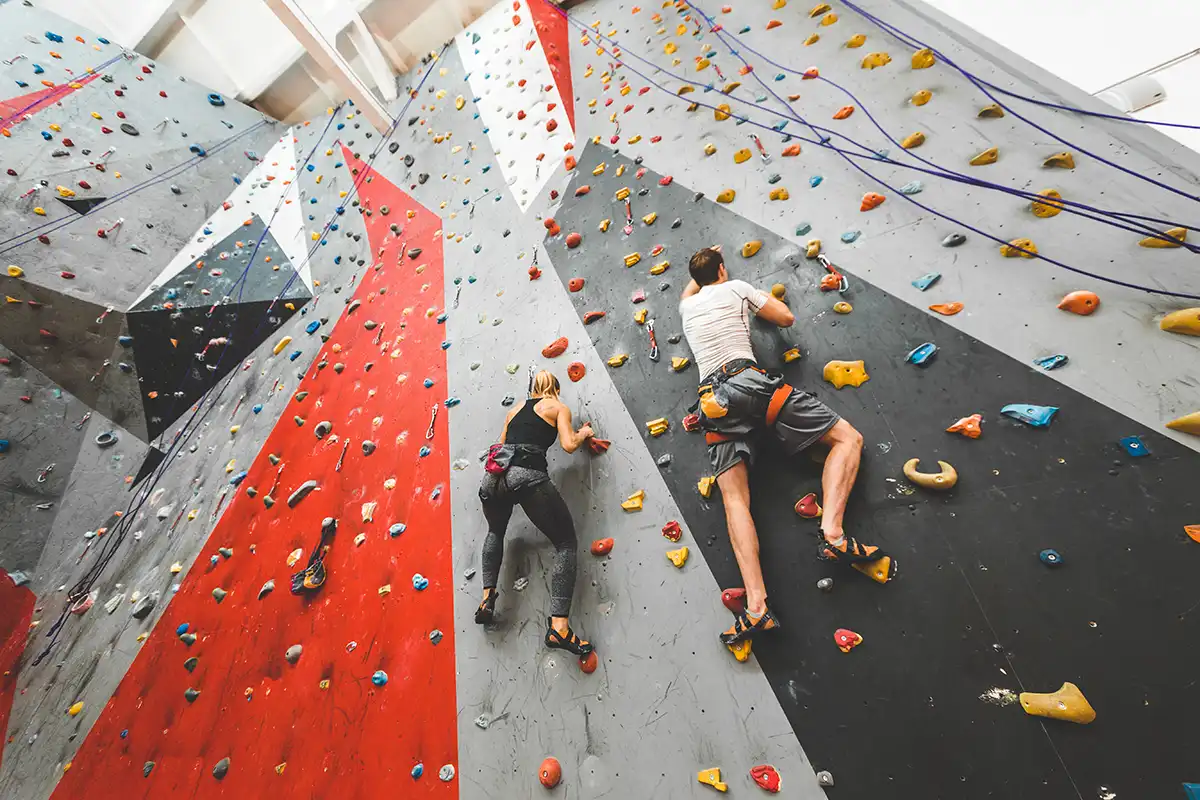
These threads ensure safety in climbing sports
Threads are always in demand when it comes to creating a firm hold with screw connections. And this is much more important in some situations than in others. In climbing, a firm hold can make the difference between life and death. So it's no wonder that threads play a key role here in the literal sense.
Let's take a look at exactly which ones today. Sport climbing covers a wide range of different sports, all of which are associated with varying levels of risk. What they all have in common, however, is that sooner or later a thread will appear somewhere. We take a closer look at some of these central screw connections and also look at the question of why you need a tap in the bouldering gym. So if you're enthusiastic about climbing or simply interested in interesting facts about threading, then be sure to read on.
Why are threads so important in climbing?
Of course, there are also ways and means of creating connections between two parts that do not require a thread. And this is also frequently used in climbing sports. But whenever things get particularly dicey, threads in climbing sports offer an extra dose of safety because they don't come loose so easily and unintentionally. And threads in climbing combine this safety aspect with easy handling. Closing a screw connection is quick and can be done without much effort, so the cost-benefit ratio for threads in climbing is unbeatable.

Where are threads used in climbing?
The two elements of safety and comfort are also reflected in where threads are used in climbing. It's about connections that hold firmly but should also be easy to undo. We have listed a few examples here:
Threads on carabiners
The carabiner is one of the most important pieces of equipment in sport climbing. It is available in a gate version, which does not require a thread. However, where the route is particularly steep or where unfavorable conditions demand a particularly high degree of reliability, the screw carabiner is used. Here, a small threaded sleeve additionally secures the gate. Screw carabiners are often also equipped with a marking that is concealed by the sleeve when tightening, making it possible to see at a glance whether the carabiner is securely closed.

Threads on trekking poles
Trekking poles are versatile tools that are useful for both leisurely mountain hikes and alpine climbing. That's why good trekking poles require a certain degree of flexibility, which they achieve with threads. Threads can be found in various places on trekking poles. Many of the mechanisms with which the poles can be adjusted in length work via a threaded connection. Also threaded are the so-called trekking plates at the bottom of the pole, which prevent the tip from sinking too deeply into the ground. These not only have to be replaced regularly because they are broken or too worn. Many motivated alpinists also differentiate between summer and winter plates due to the variable ground conditions. Thanks to threads in climbing equipment, replacing them is very easy.

Another possible use for threads on trekking poles has only become popular in recent years. Many climbers like to combine their sporting hobby with a creative one - photography. This is why more and more trekking poles are available that can be converted into a monopod in no time at all using a thread, complete with 1/4 inch camera screw. So threads in climbing are not always just about safety.
Threads for attaching holds when climbing and bouldering

Climbing indoors is an area in which it is impossible to imagine climbing without threads. Whether bouldering or rope climbing, no climbing hall can do without securely fastened holds and footholds. Not only do they have to be secure, they also have to be easy to remove, as new routes are regularly developed. A clear case for threads in climbing sports. In most cases, climbing walls have a grid of drill holes equipped with drive-in nuts with an M10 thread. This means that the holds can be easily unscrewed and replaced or reattached elsewhere and always hold securely.

Why do you need a tap for climbing?
Depending on the season and weather, climbing in the great outdoors can become a pretty dirty affair. And safety-relevant threads in particular should be regularly checked for dirt and damage and serviced if necessary. This is quick and easy with a suitable thread cutter, which you can use to recut a thread and remove dirt, rust or minor damage.
The thread cutter is standard equipment for sport climbing as well as indoor climbing. Frequent changes to the route guides put a lot of strain on the threads that secure the holds to the wall. When replacing the holds, it is therefore routine to check the threads and recut them if necessary. Of course, this is a particular challenge when dangling from a rope at a height of several meters! This is why bit taps, which can be operated with cordless screwdrivers or hand drills, are particularly popular in this area. Nevertheless, tapping at lofty heights is a real feat and requires a lot of practice and experience.
Have you now got the urge to build your own boulder wall in your garage? You can find the taps you need in the BAER online store. And of course a whole host of other threading tools for all possible thread types and applications. Our friendly customer service is also available to answer your questions and concerns at any time.
